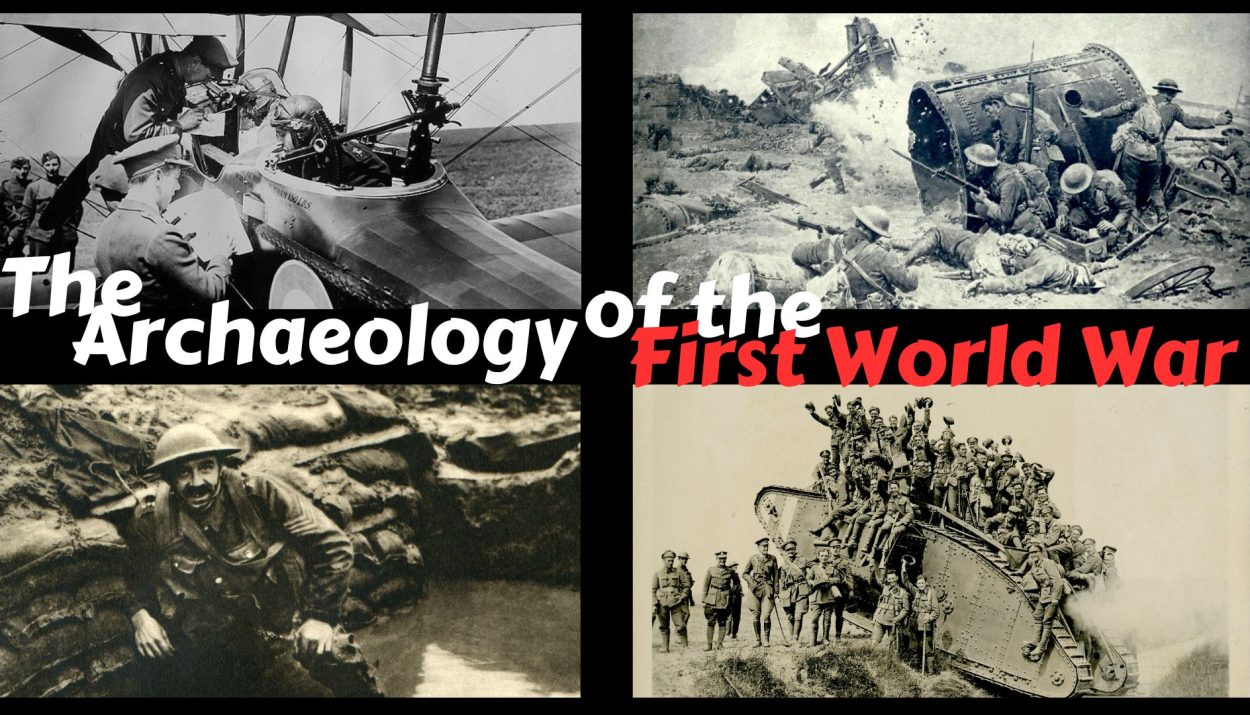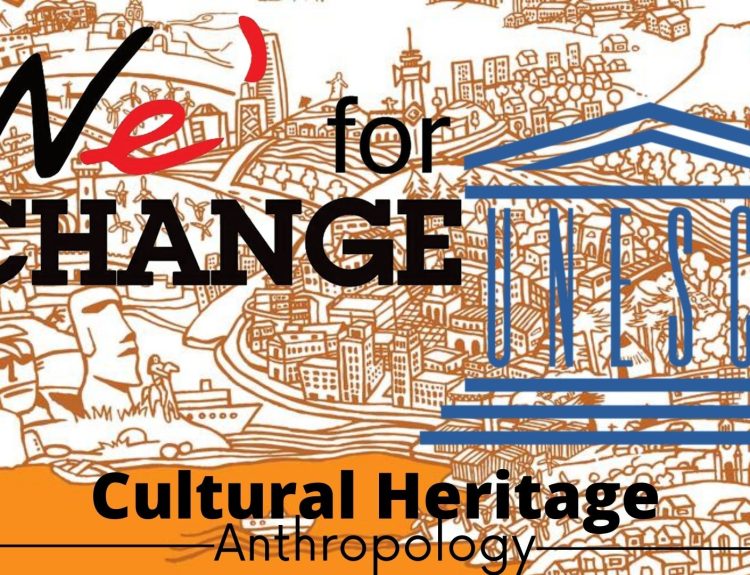To this day, we continue to grapple with the enduring repercussions of those tragic days, and the impact of the First World War still casts its shadow over our lives. The efforts of a team of archaeologists have led to the discovery of the remains of First World War soldiers who perished nearly a century ago. The archaeology of the First World War has provided us with unique insights into the lives of soldiers, the trenches they inhabited, the weapons they used, and the landscapes forever scarred by the conflict.
World War I, also known as the Great War, commenced in 1914 following the assassination of Archduke Franz Ferdinand of Austria. His murder triggered a conflict that engulfed Europe and persisted until 1918. Over the course of the four-year war, the Central Powers consisting of Germany, Austria-Hungary, Bulgaria, and the Ottoman Empire, squared off against the Allied Powers, which included Great Britain, France, Russia, Italy, Romania, Canada, Japan, and the United States. This war witnessed unprecedented levels of devastation and loss due to new military technologies and the horrors of trench warfare. When the war finally concluded with victory for the Allied Powers, the death toll exceeded 16 million, encompassing both soldiers and civilians.
Trench Warfare: Unveiling the Harsh Reality
One of the most iconic aspects of the First World War was trench warfare. The trenches, where soldiers lived and fought for years, were central to the conflict. Archaeologists have unearthed trenches on both sides of the Western Front, revealing a stark contrast to the romanticized images of battle. These excavations exposed the cramped, unsanitary conditions in which soldiers lived, the network of tunnels beneath, and the remnants of everyday life amidst the chaos of war. Personal artefacts like letters, photographs, and even food tins provide poignant glimpses into the human experiences of those who served.

The field of archaeology focused on World War I sites has been particularly instrumental in advancing our understanding of how soldiers adapted their trench construction methods to contend with challenging conditions. The region’s waterlogged soil, which effectively preserves organic materials such as wood and textiles, is a valuable asset for contemporary archaeologists. However, over a century ago, soldiers constantly grappled with the issue of water and mud. Many trenches were mistakenly dug beneath the water table. With the changing seasons and rainfall, soldiers’ lives could turn miserable, even when they were not in the midst of combat. Trench foot, a condition caused by cold, wet, and unsanitary conditions, resulted in 75,000 British casualties. Excavations at other trench systems in Belgium have revealed that soldiers resorted to using materials like straw, rubble, roof tiles, and doors in an attempt to prevent their feet from sinking into the mire.
Read- Women in War
Weapons and Artefacts: Traces of the Battlefield
The First World War introduced new technologies and weaponry on a massive scale. Archaeological excavations have uncovered an array of artefacts like planes, armoured tanks, machine guns, grenades, and poison gas. These findings shed light on the evolution of military technology during the war and the challenges soldiers faced. Moreover, they help identify the types of munitions used and the intensity of battles at various sites. Museums and researchers worldwide have benefited from these discoveries, as they provide tangible connections to a war that might otherwise seem distant.
It marked an unprecedented moment in history when an aircraft played a decisive role in shaping the outcome of a war. The onset of the conflict triggered a rapid acceleration in aircraft and weapon development, ultimately giving rise to the inaugural generation of true fighter aircraft, initially referred to as fighting scouts. These aerial combatants transformed the skies into a harrowing battleground.

The First World War stands out as the inaugural major conflict where submarines became extensively employed. The horrors of poison gas were indescribable, causing victims’ respiratory systems to rapidly deteriorate upon inhalation, resulting in agonizing fits of blood-choked gasps until death mercifully arrived.
Preserving Memory: Cemeteries and Memorials
The First World War resulted in the loss of millions of lives, and cemeteries and memorials were established to honour the fallen. Archaeological work in these solemn locations aims to better understand the rituals and practices associated with burial, as well as the artistic and symbolic aspects of memorials. The meticulous care given to maintaining these sites ensures that the memory of those who sacrificed their lives is preserved for future generations.
Hidden Landscapes: Battlefield Archaeology
Beyond trenches and artefacts, battlefield archaeology examines the broader landscapes of war. Researchers use modern technology like LiDAR (Light Detection and Ranging) to reveal the hidden contours of the terrain, including trenches, tunnels, and fortifications long buried by time and nature. These techniques have enabled historians to gain a deeper understanding of the strategies employed during the conflict and how the landscape itself was shaped by the war.
LiDAR surveys unveil the extent to which the Western European landscape retains the traces of zig-zag trenches, shelling craters, and other remnants that might not be readily apparent at ground level. Aerial imagery can provide valuable guidance for excavation efforts, and when archaeologists begin digging, they gain insights into overlooked facets of the daily lives of soldiers during that time.
Personal Stories: Unearthing Identities
The First World War was a conflict that reshaped the course of history and left an indelible mark on the collective memory of the nations involved. One of the most poignant aspects of First World War archaeology is the ability to uncover individual stories. Excavations have identified soldiers through their personal items, such as identification tags, letters, and belongings. By tracing the identities of these soldiers, archaeologists and historians have provided closure to families and humanized the statistics of war.

An archaeologically significant find that has left a lasting impression is a German backpack containing a teddy bear, which was uncovered in the vicinity of the Belgian village of Langemark during the installation of a gas pipeline. As the archaeologist puts it, “We come across numerous artefacts that reveal the individual narratives of soldiers, shedding light on aspects that might otherwise remain hidden, and ultimately humanizing these soldiers.”
Conclusion
The archaeology of the First World War continues to reveal new layers of understanding about this pivotal period in human history. It offers a unique perspective, one that complements traditional historical records with tangible, often deeply personal, artefacts and insights. Through the painstaking work of archaeologists and researchers, we can better comprehend the lives, sacrifices, and landscapes of the Great War.
As we continue to unearth the past, we honour the memory of those who lived and died during this unprecedented conflict and ensure that their stories are not lost to the sands of time. It’s important to note that ongoing efforts to recover and identify the remains of World War I soldiers continue to this day, as unexploded ordnance and other hazards still exist in some areas.
Some books, such as “All Quiet on the Western Front” by Erich Maria Remarque, “The Guns of August” by Barbara W. Tuchman, “The First World War” by John Keegan, “The Sleepwalkers: How Europe Went to War in 1914” by Christopher Clark, and many others, depict the bloodshed that occurred during the First World War.
References
How archaeology is unravelling the secrets of WWI trench warfare- Nat Geo
Archaeologist Explains Discovery of WWI Artifacts
A First World War example of forensic archaeology







